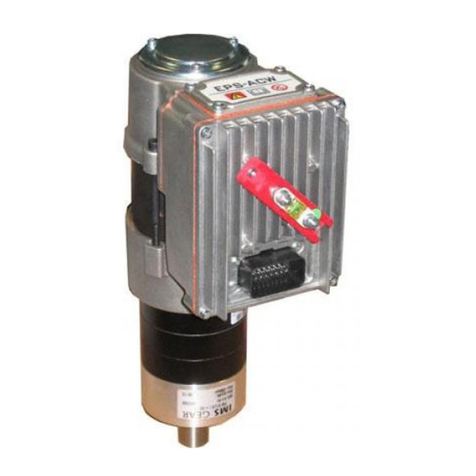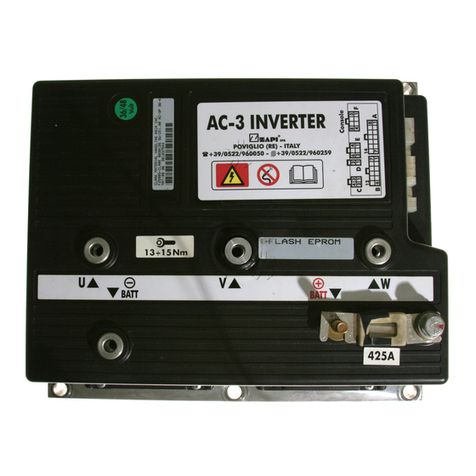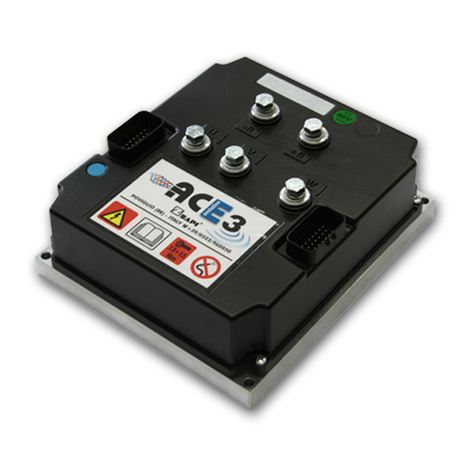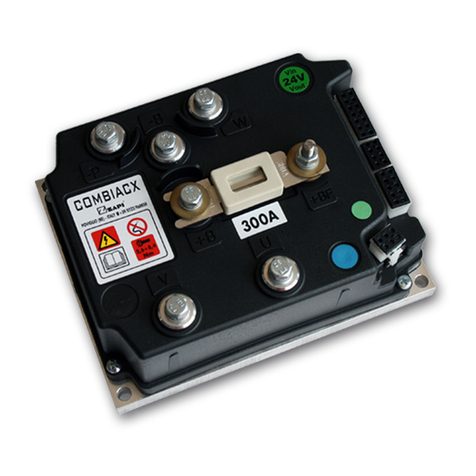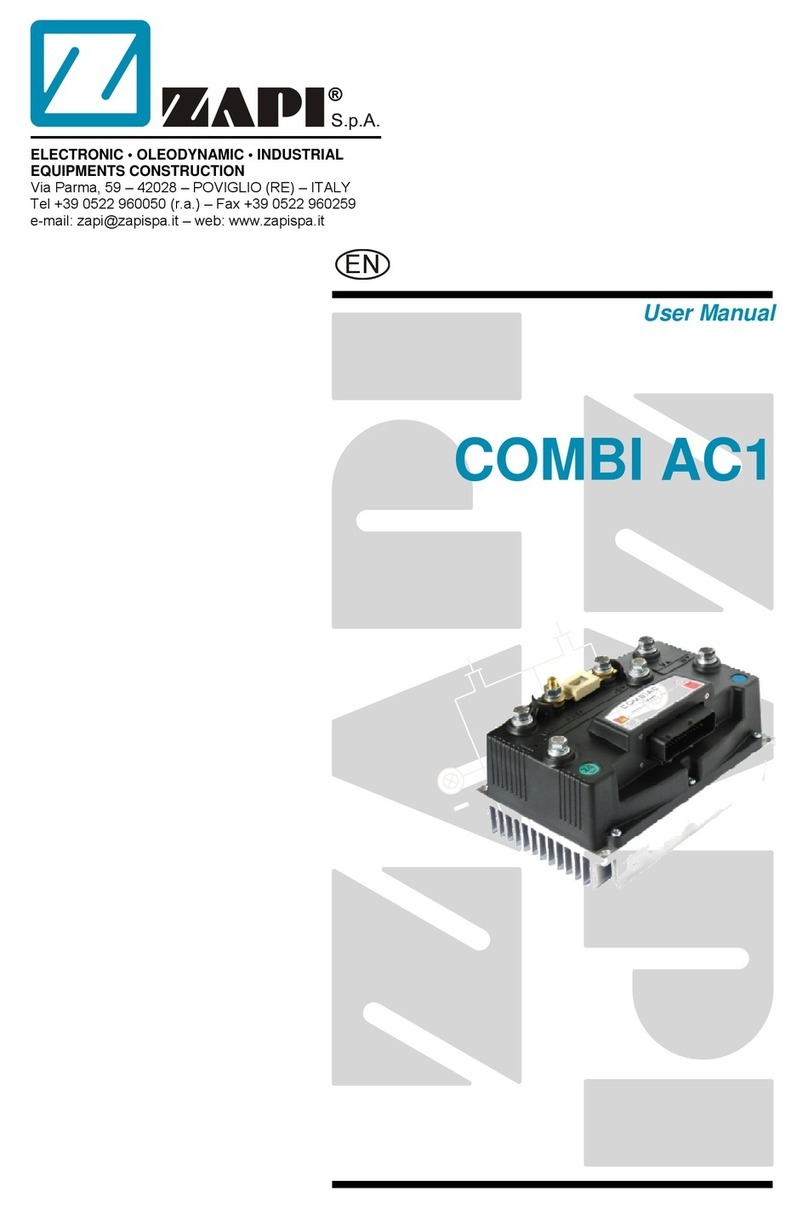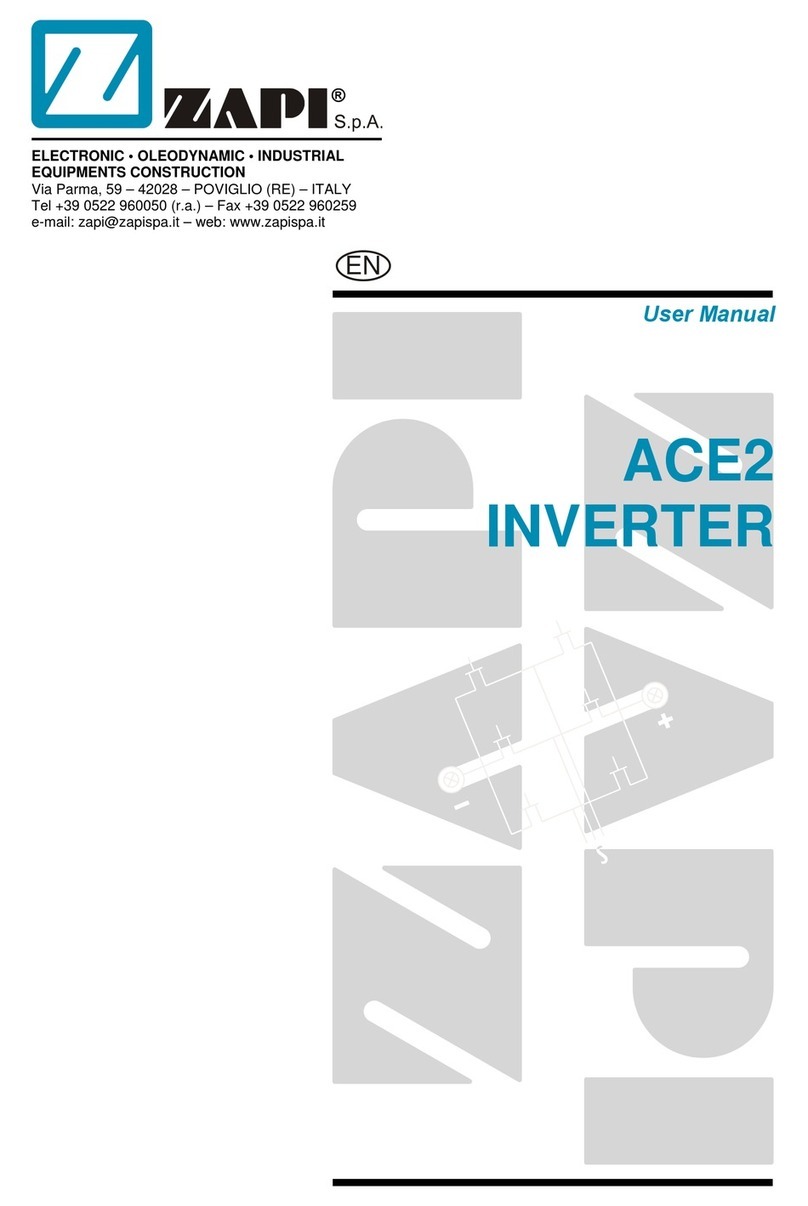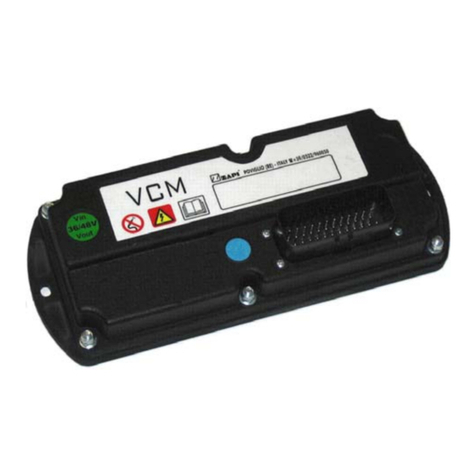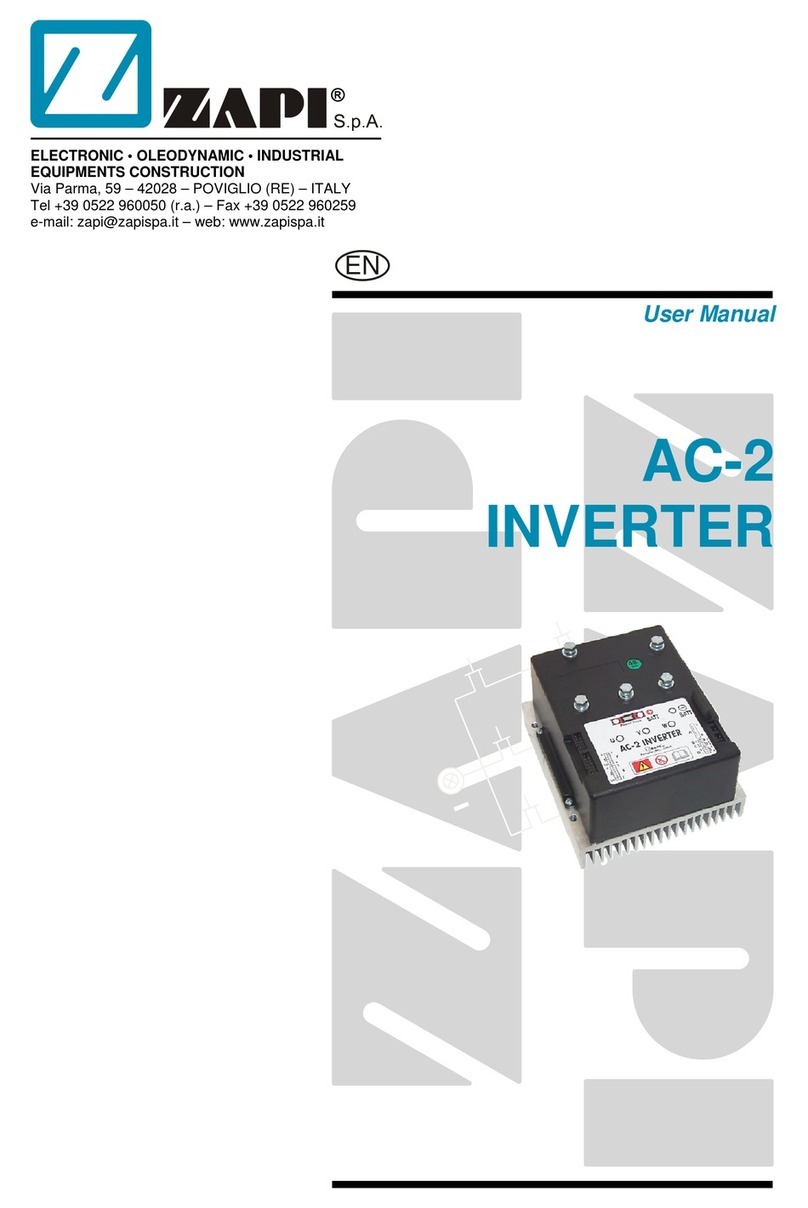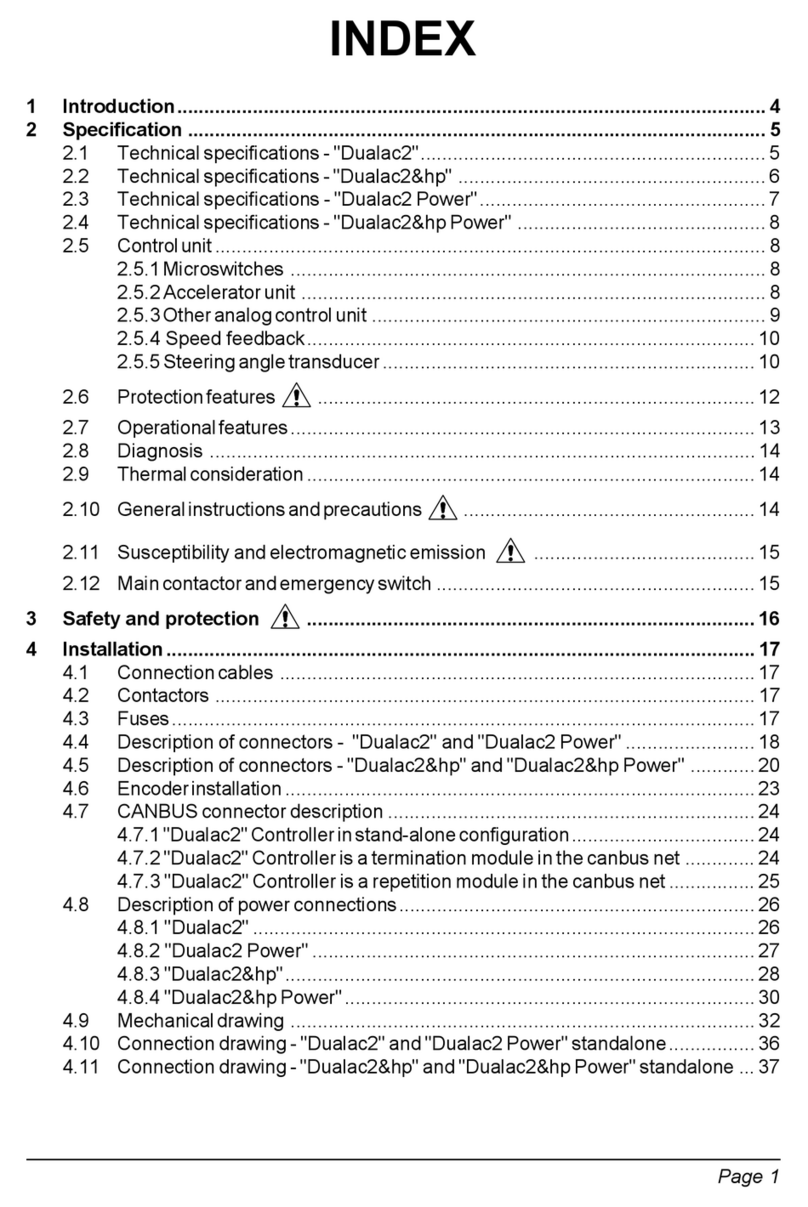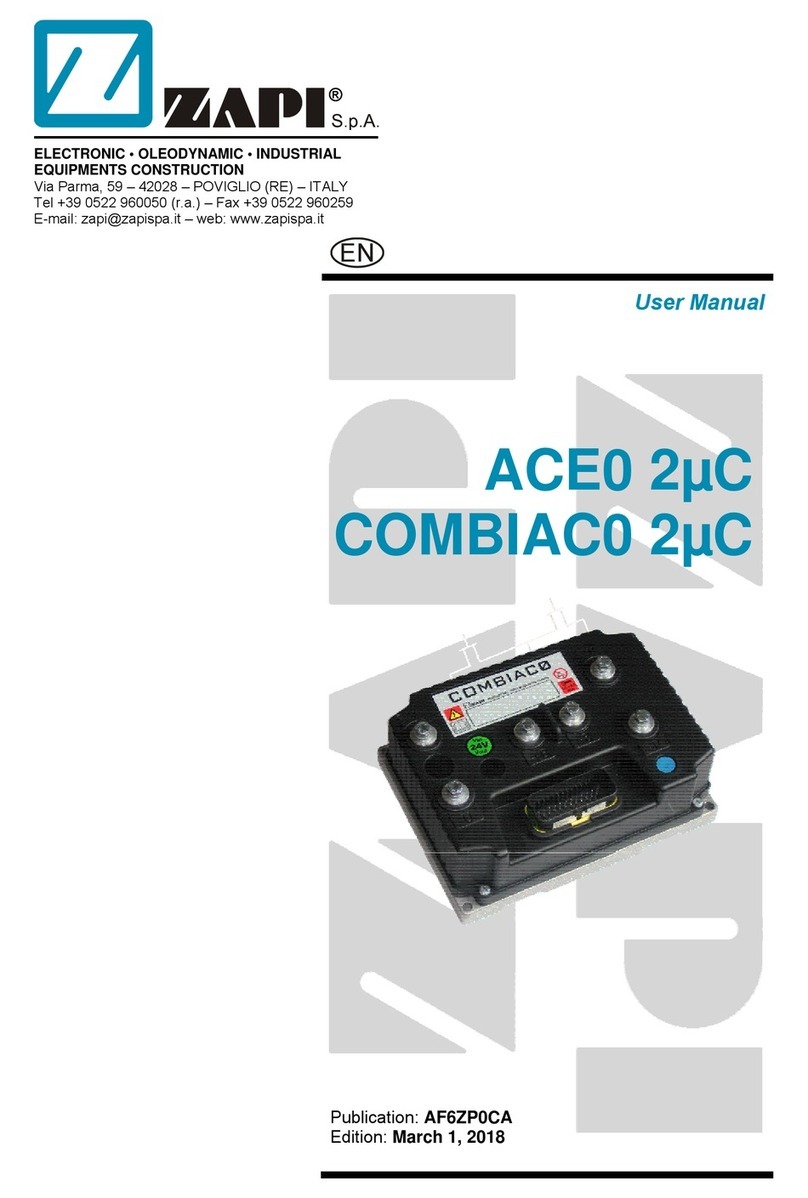
Page - 4/100 AE0ZP0EC - AC-0 SSL SENSORED - User Manual
9PROGRAMMING & ADJUSTMENTS USING DIGITAL CONSOLE ..................................37
9.1 Adjustments via console...........................................................................................37
9.2 Description of console (hand set) & connection.......................................................37
9.3 Description of standard console menu.....................................................................38
9.3.1 Traction configuration.................................................................................38
9.3.2 Pump configuration.....................................................................................40
9.4 Function configuration..............................................................................................41
9.4.1 Traction.......................................................................................................41
9.4.2 Pump..........................................................................................................48
9.5 Parameter regulation................................................................................................54
9.5.1 Traction.......................................................................................................54
9.5.2 Pump..........................................................................................................58
9.5.3 Zapi menu “HARDWARE SETTINGS” functions list ..................................62
9.5.4 Zapi menu “SPECIAL ADJUSTMENTS” functions list................................63
9.6 Main menu “TESTER” functions list .........................................................................64
9.6.1 Traction.......................................................................................................64
9.6.2 Pump..........................................................................................................67
10 OTHER FUNCTIONS..........................................................................................................71
10.1 Description of console “SAVE” function ...................................................................71
10.2 Description of console “RESTORE” function............................................................73
10.3 Description of console “PROGRAM VACC” function................................................75
10.4 Shortform table of the aux output #1 setting (traction version).................................77
10.5 Description of the throttle regulation.........................................................................78
10.6 Description of the battery charge detection setting ..................................................79
11 AC-0 ALARMS LIST – TRACTION CONFIGURATION.....................................................80
11.1 Main menu “ALARMS” list........................................................................................80
11.1.1 One Blink Alarms........................................................................................80
11.1.2 Two Blinks Alarms......................................................................................81
11.1.3 Three Blinks Alarms ...................................................................................82
11.1.4 Four Blinks Alarms .....................................................................................83
11.1.5 Five Blinks Alarms......................................................................................84
11.1.6 Six Blinks Alarms........................................................................................85
11.1.7 Seven Blinks Alarms...................................................................................87
11.1.8 Eigth Blinks Alarms.....................................................................................87
11.1.9 No Blink Alarms..........................................................................................88
11.1.10 Thirty Two Blinks Alarms............................................................................88
11.2 MDI-PRC “ALARMS” List .........................................................................................89
12 AC-0 ALARMS LIST – PUMP CONFIGURATION .............................................................91
12.1 Main menu “ALARMS” list........................................................................................91
12.1.1 One Blink Alarms........................................................................................91
12.1.2 Two Blinks Alarms......................................................................................92
12.1.3 Three Blinks Alarms ...................................................................................92
12.1.4 Four Blinks Alarms .....................................................................................93
12.1.5 Five Blinks Alarms......................................................................................94
12.1.6 Six Blinks Alarms........................................................................................94
12.1.7 Seven Blinks Alarms...................................................................................96
12.1.8 Eigth Blinks Alarms.....................................................................................96
12.1.9 No Blink Alarms..........................................................................................96
12.1.10 Thirty Two Blinks Alarms............................................................................97






